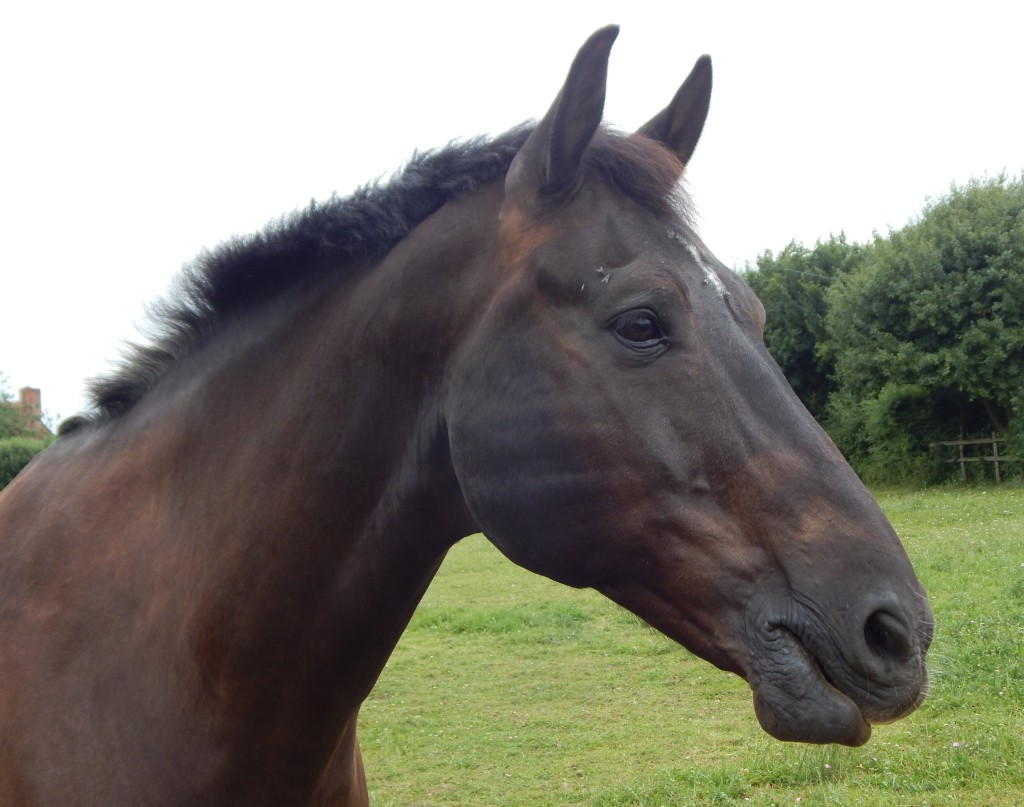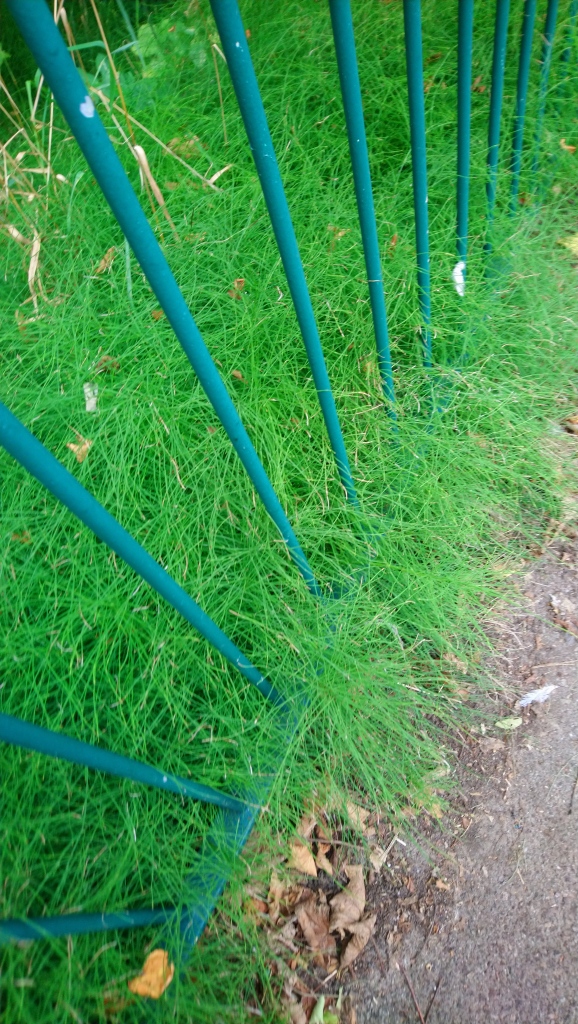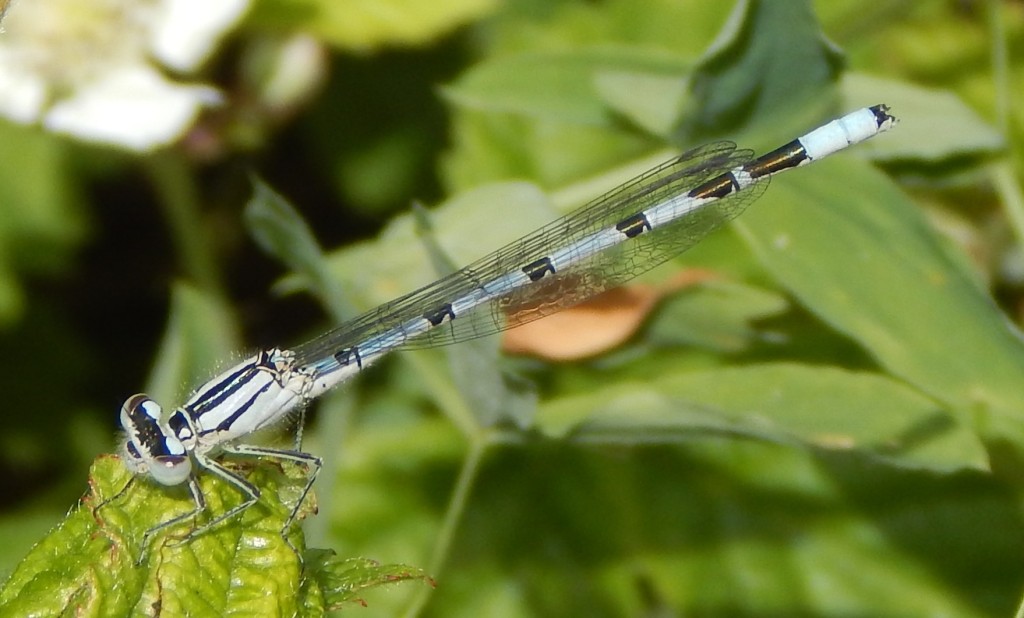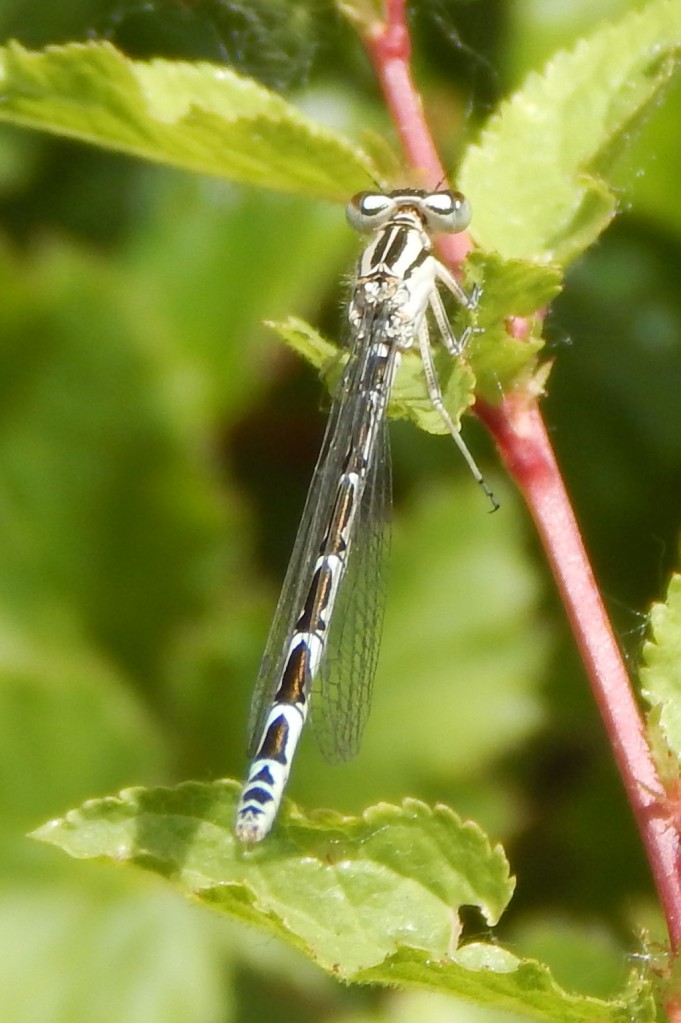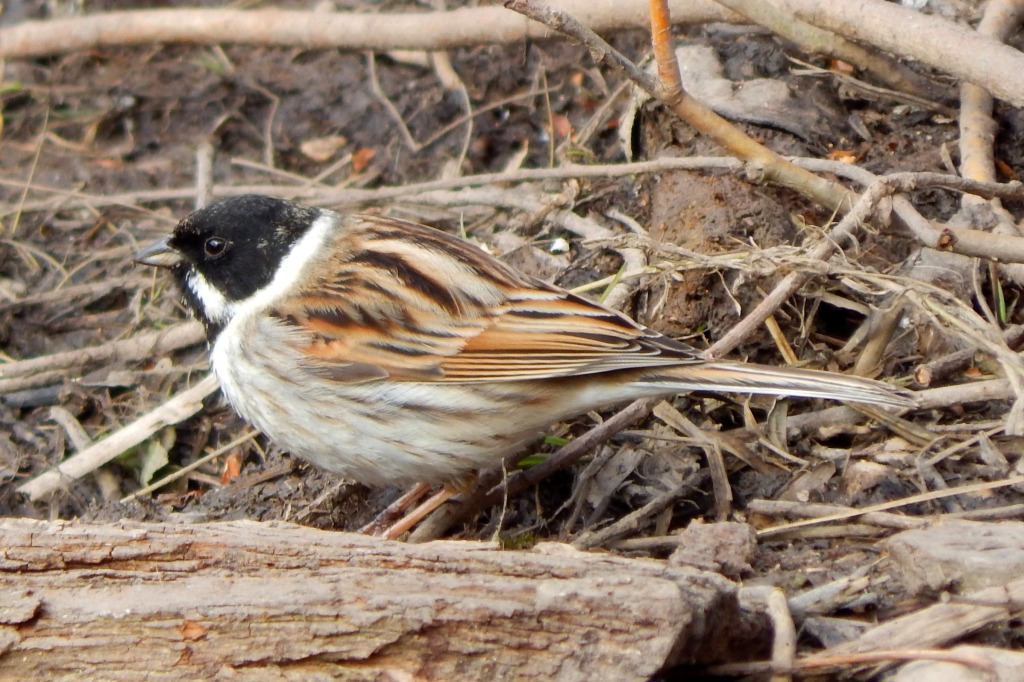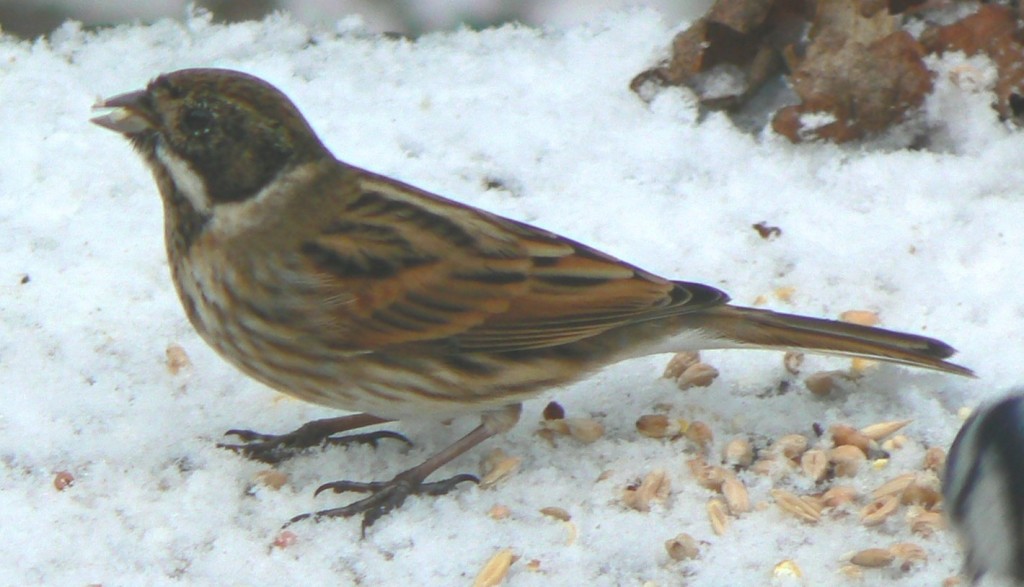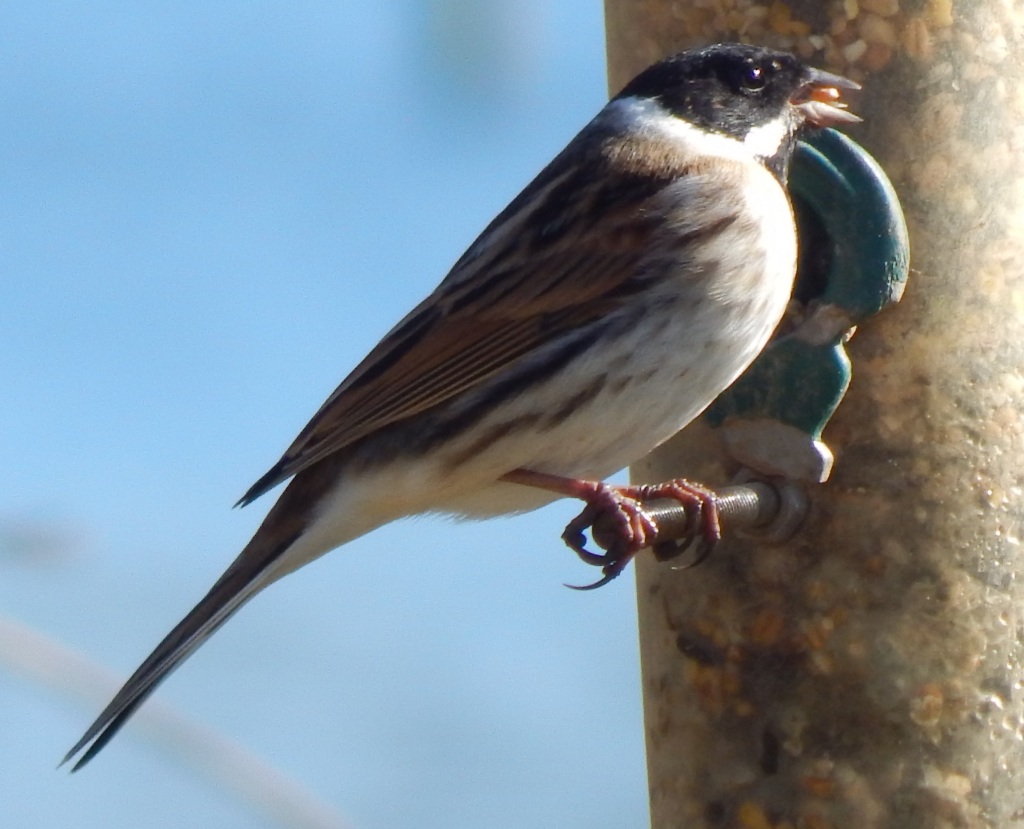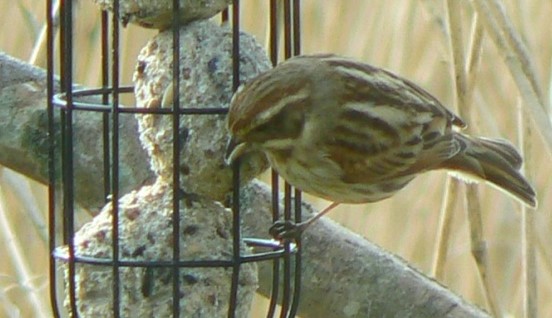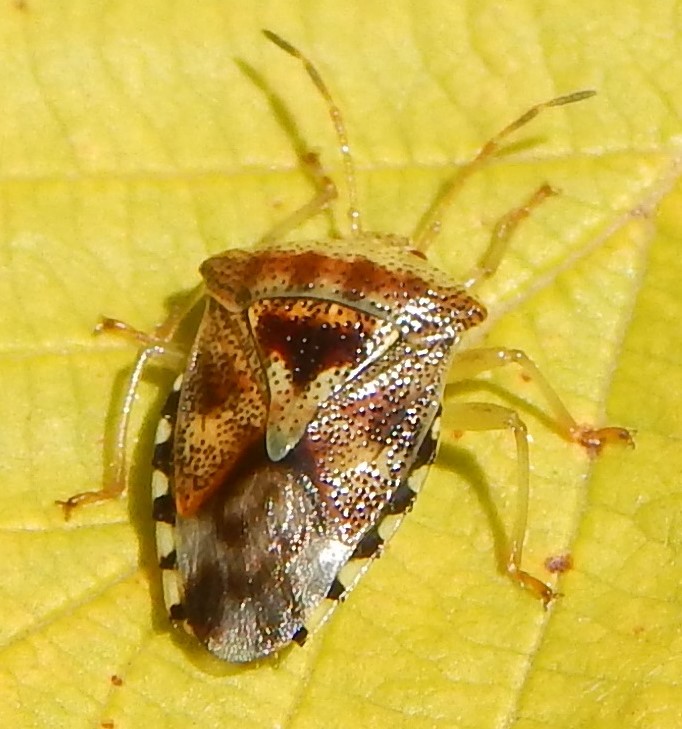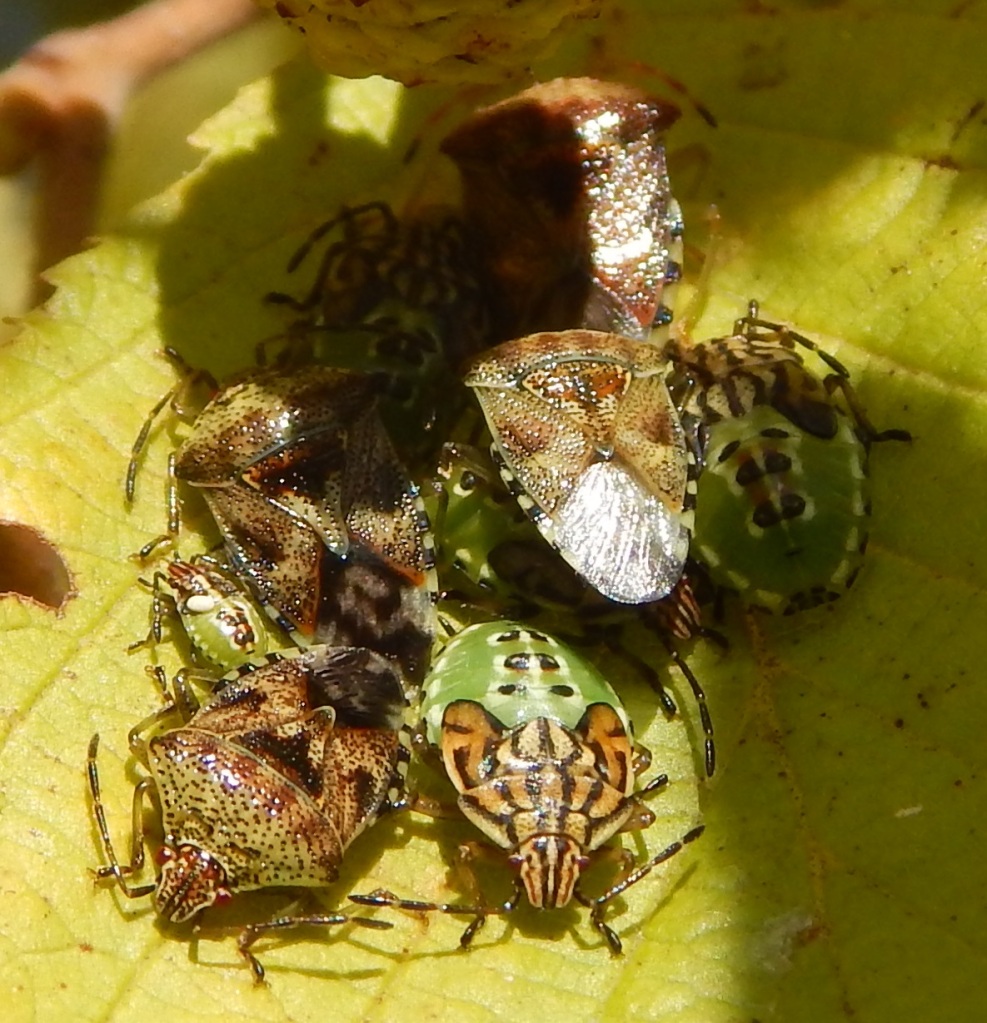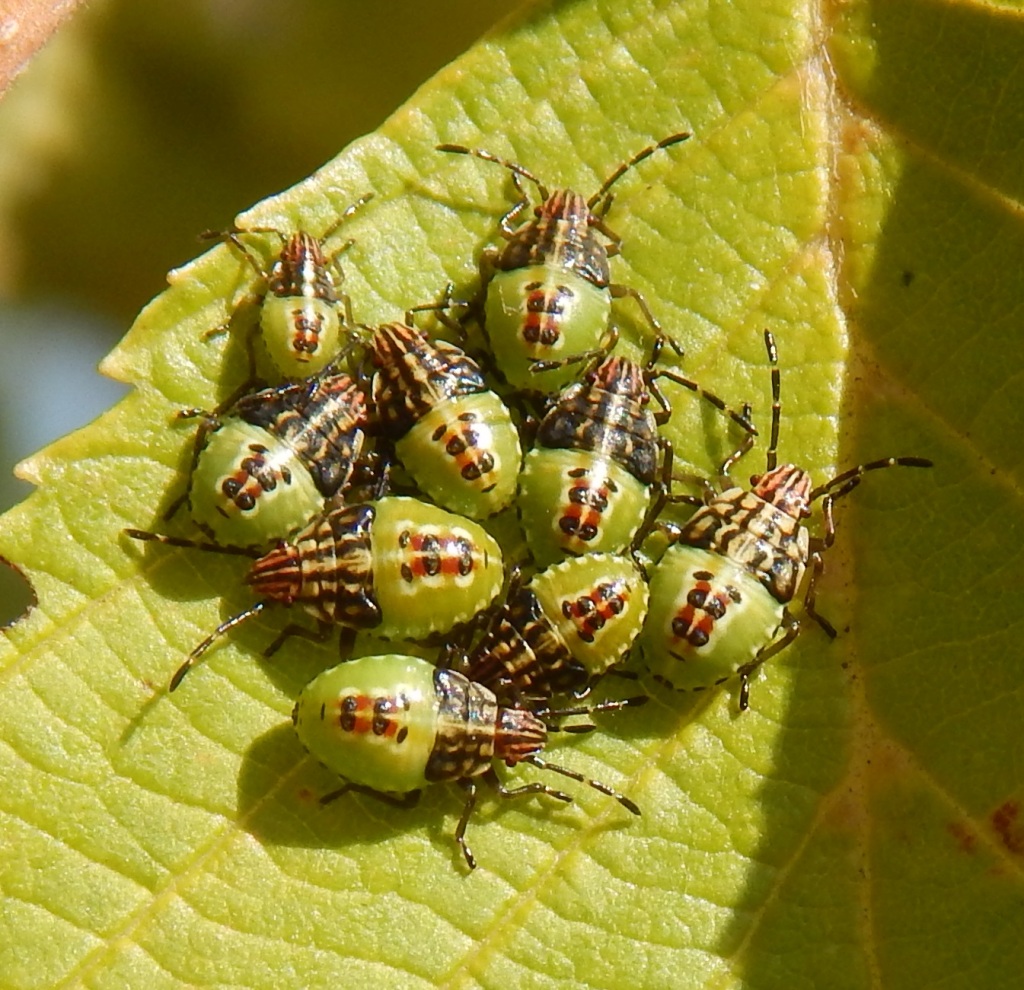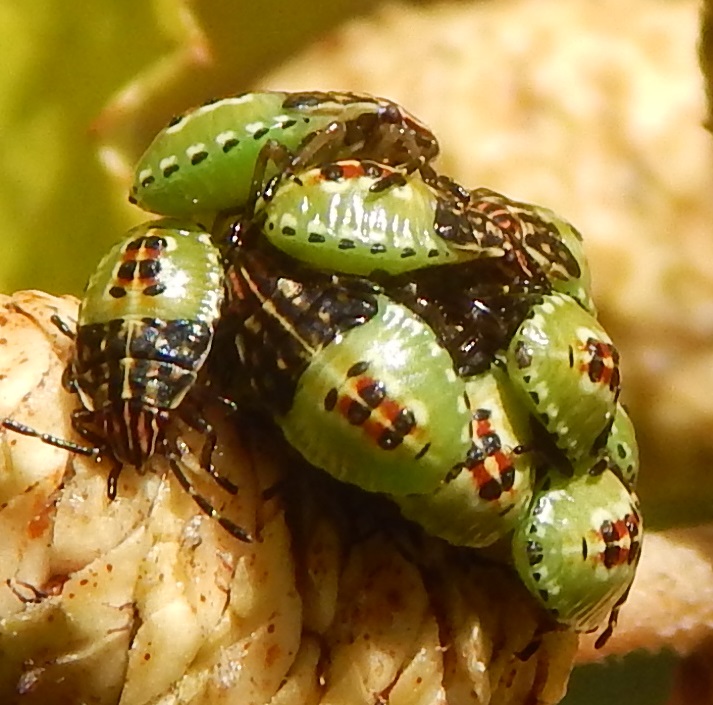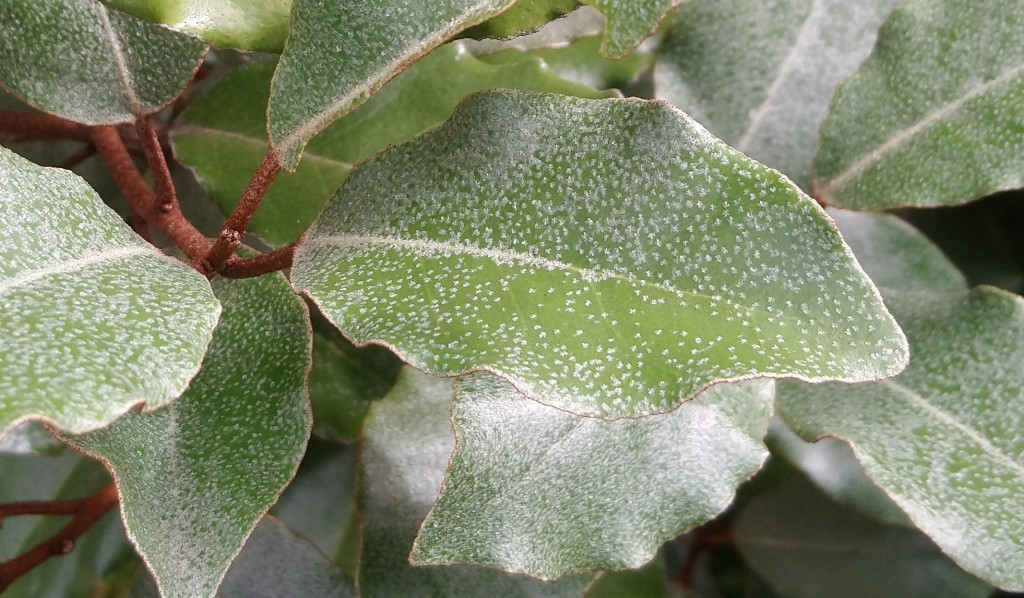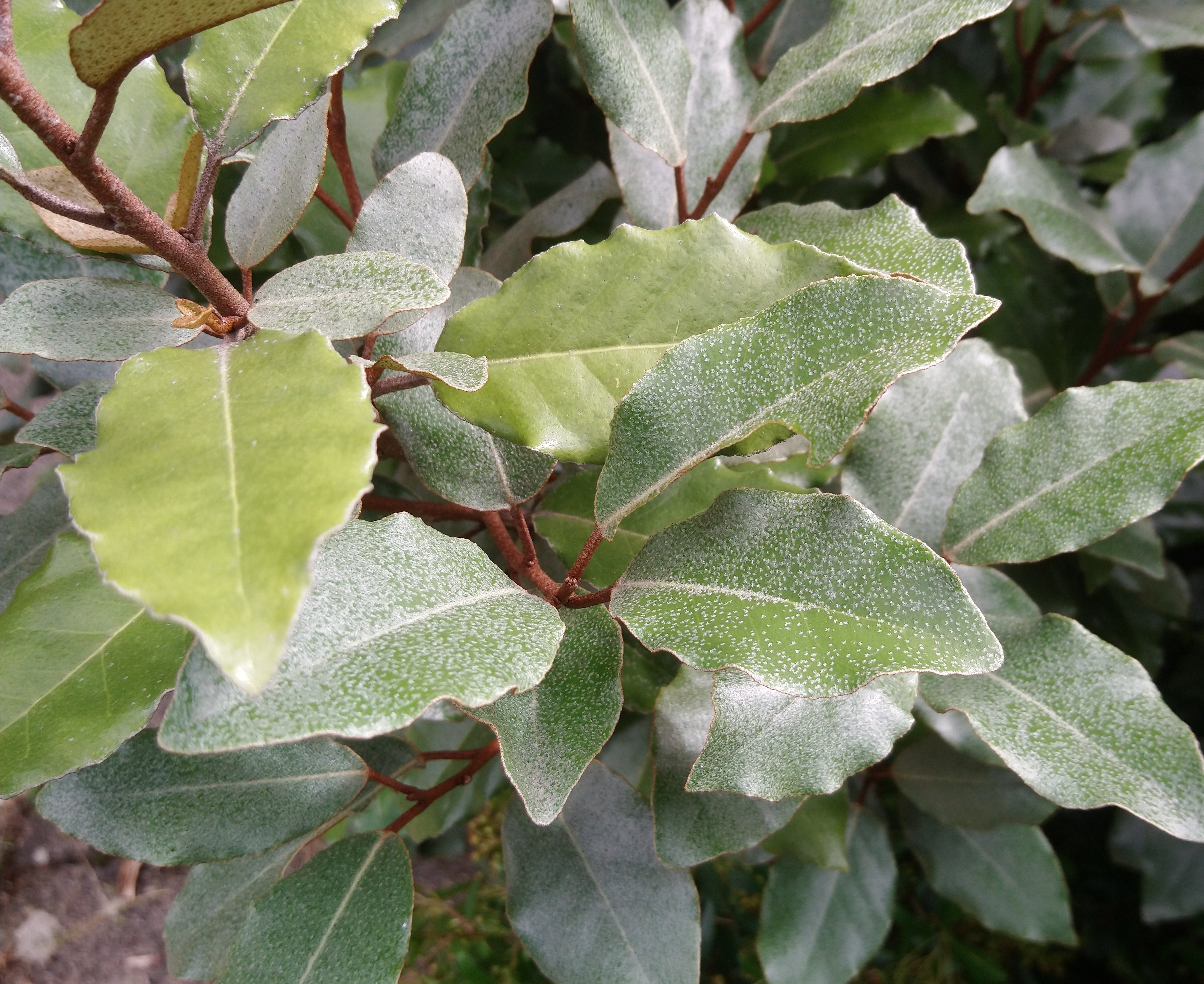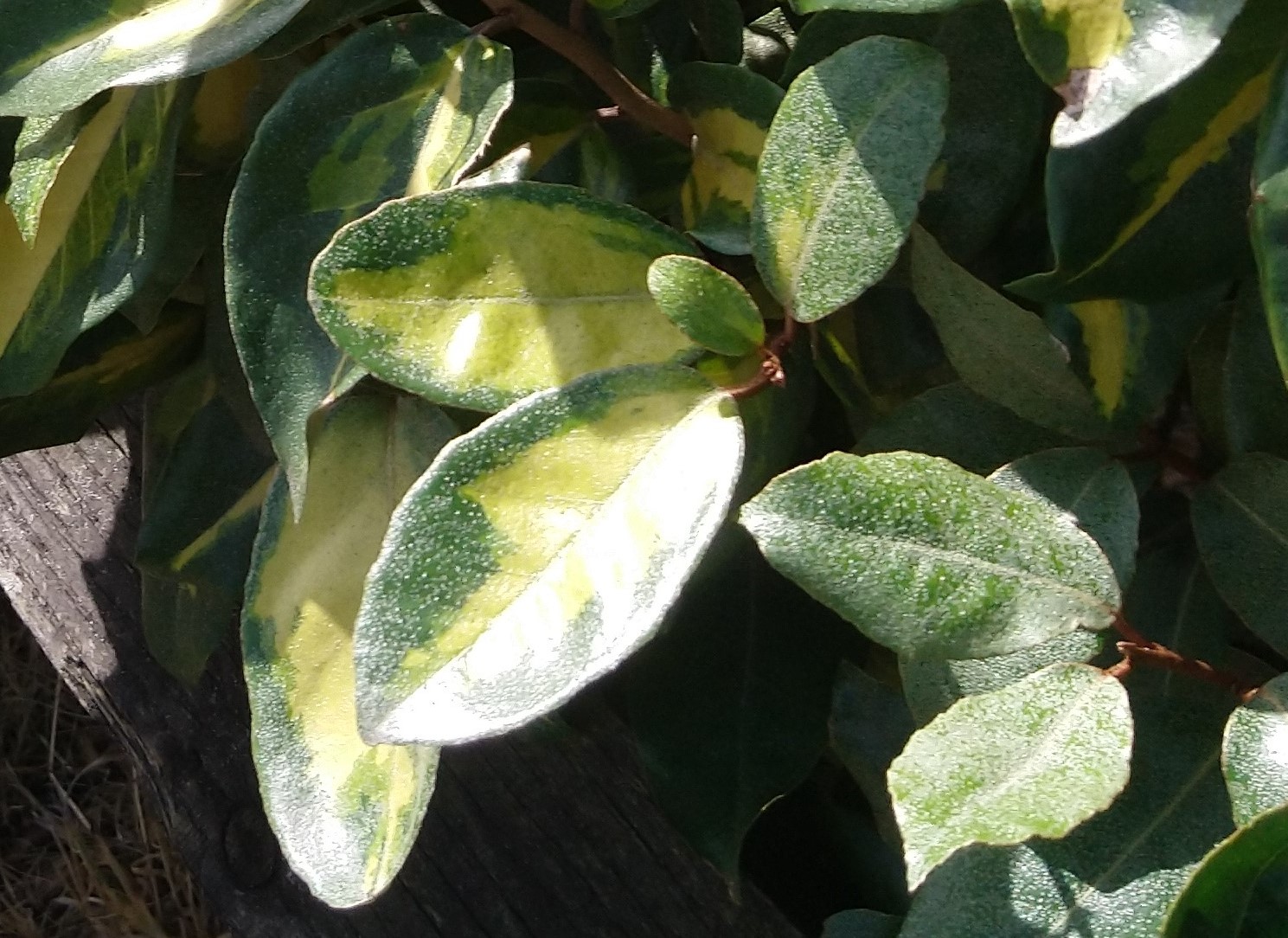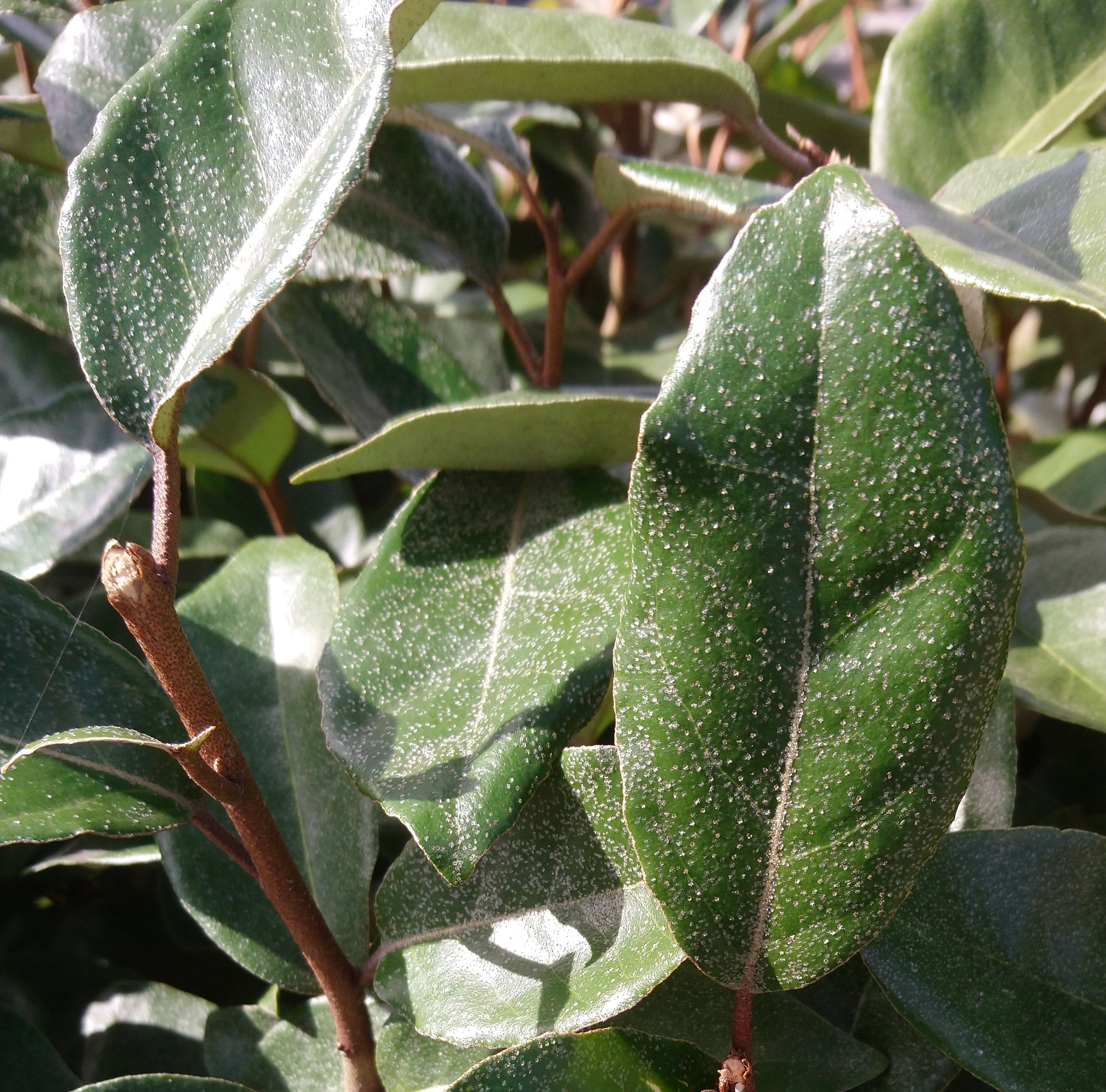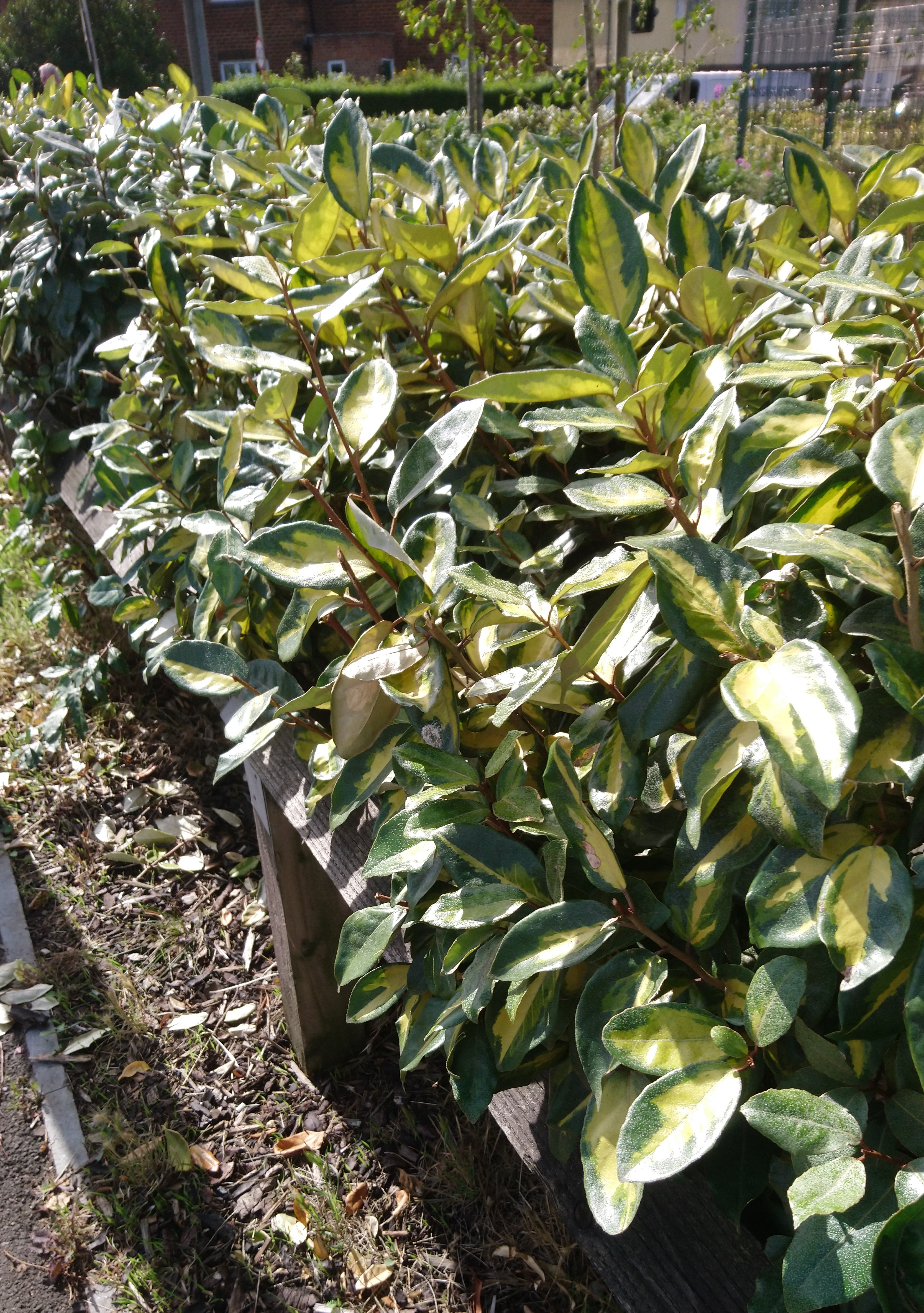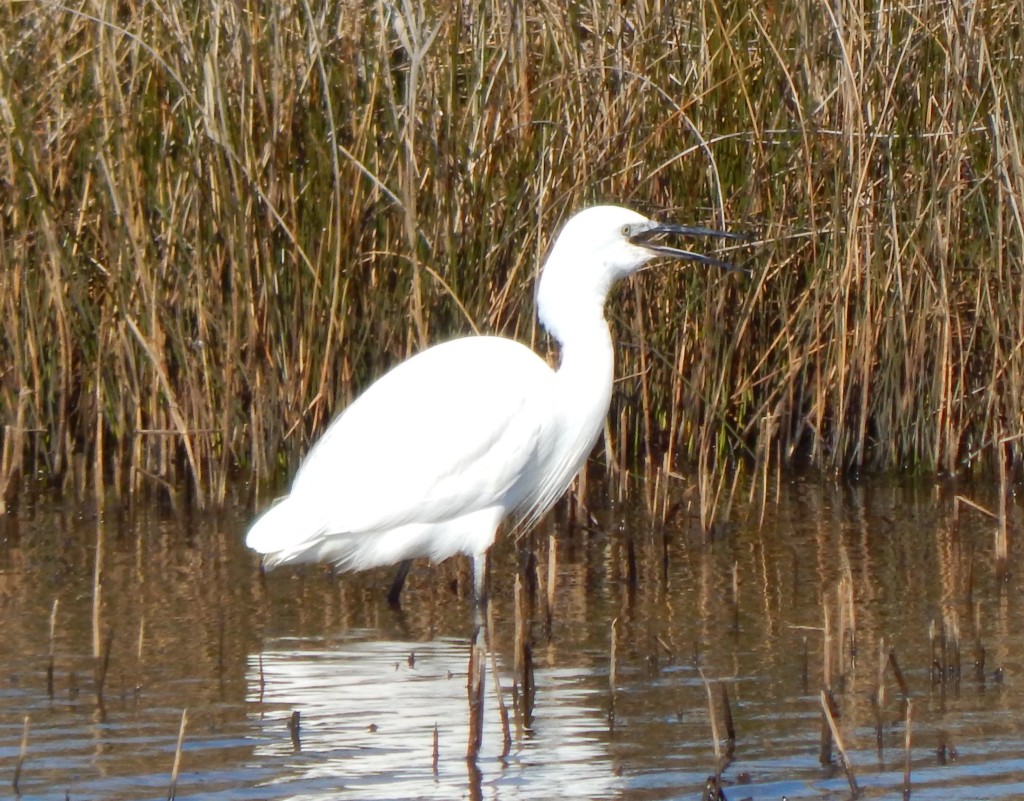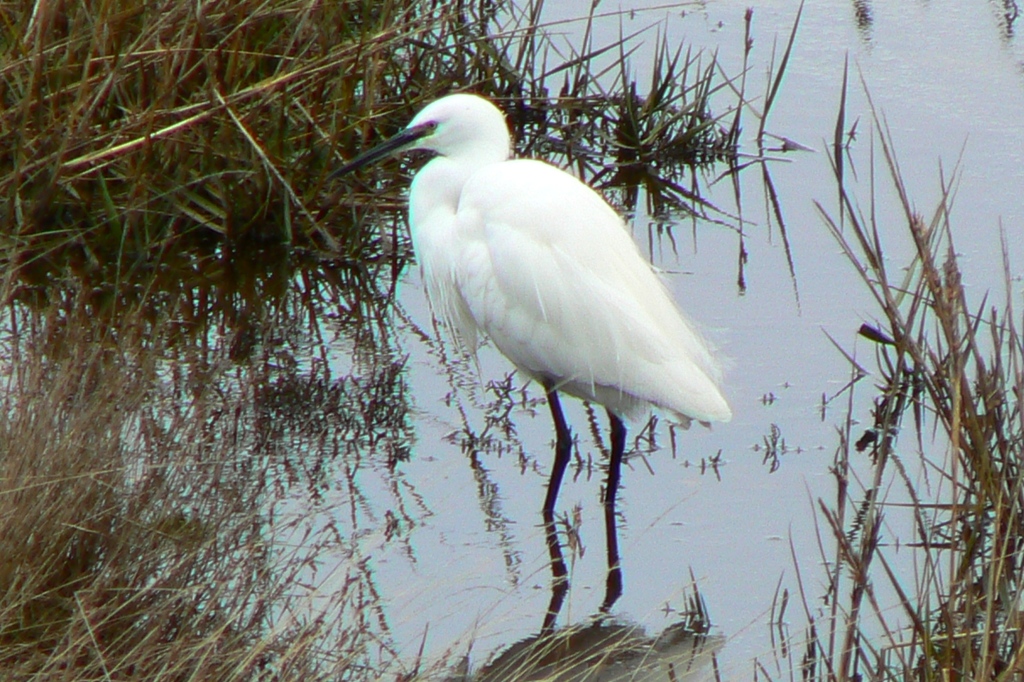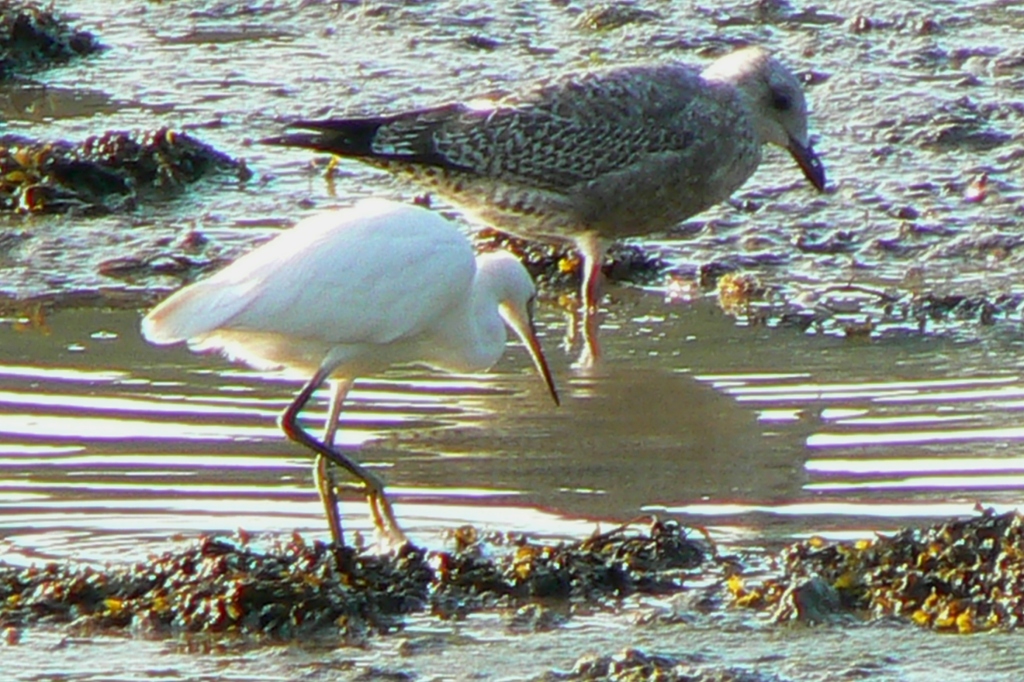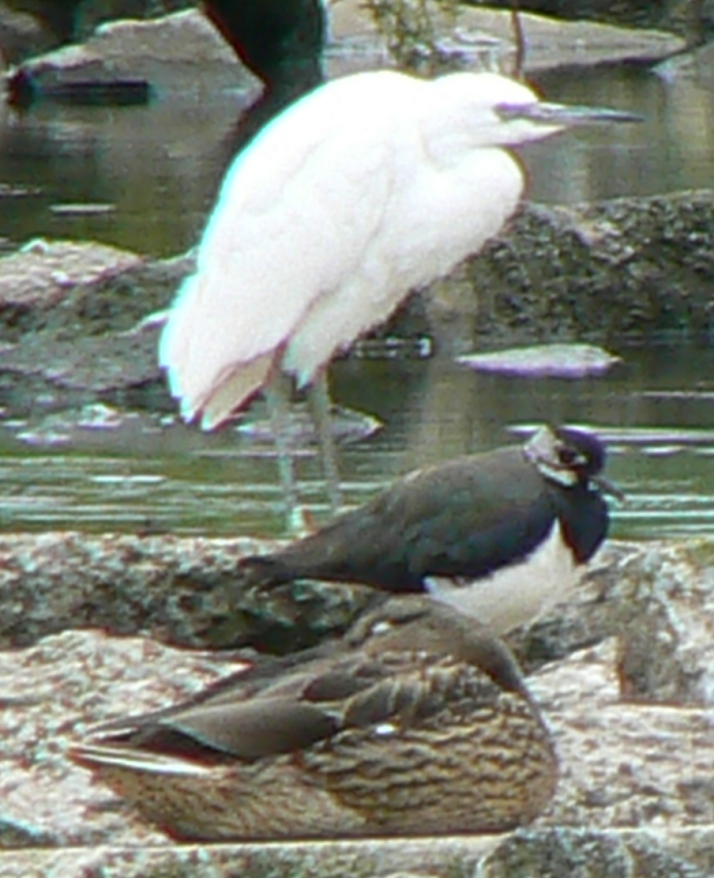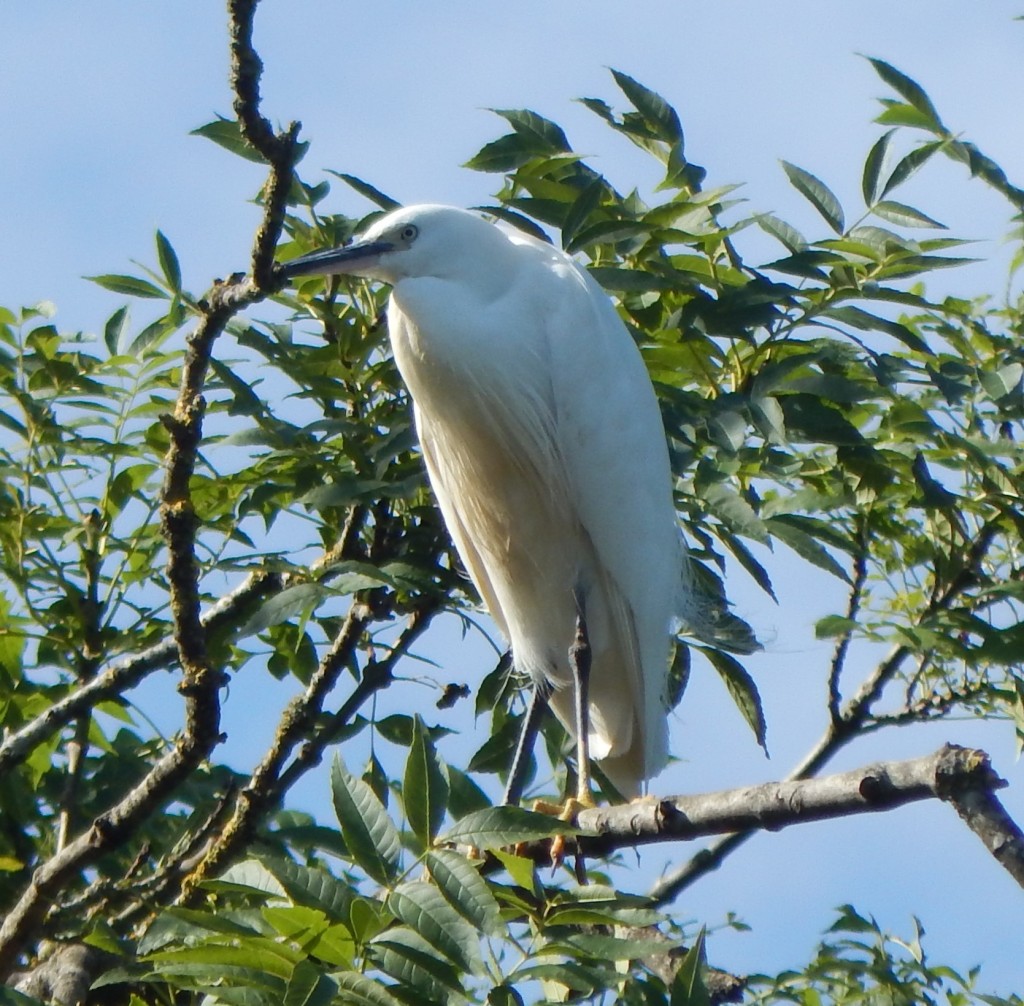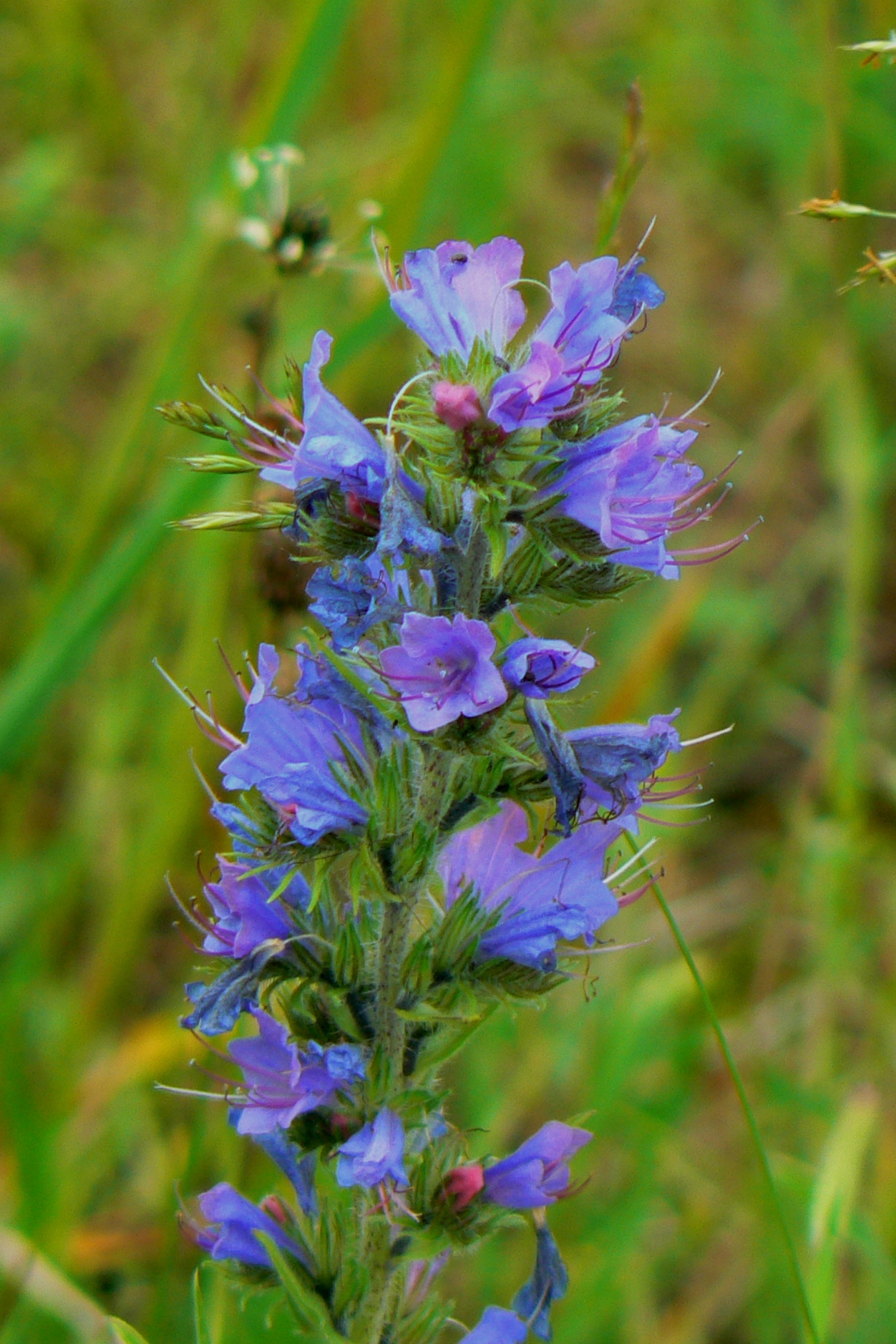
[131] Eratigena atrica, Giant Hose Spider
Introduction
Eratigena atrica, the Giant House Spider, is aptly named. It’s a spider, it’s big and it’s often found in houses.
Taxonomy
Kingdom – Animals
Phylum – Arthropods
Subphylum – Chelicerates
Class – Arachnida
Order – Araneae (Spiders)
Suborder – Opisthothelae
Infraorder – Araneomorphae (Most spiders, excluding tarantulas)
Family – Agelinidae (Funnel Weavers)
Genus – Eratigena
Scientific Name – Eratigena atrica
This spider used to be in the genus Tegenaria but it was moved in 2005 to a new genus Eratigena. At the same time three species were moved together.
Since April 2020 the World Spider Catalogue has split the species again into three – Eratigena atrica, Eratigena duellica and Eratigena saeva.
Name
I can’t trace Tegenaria or atrica, but when the new genus took many species out its name was created as an anagram, Eratigena.
Description
Male and female have similarly marked mottled brown bodies. The female has a slightly larger body, near two centimetres in length but the male may have longer legs.

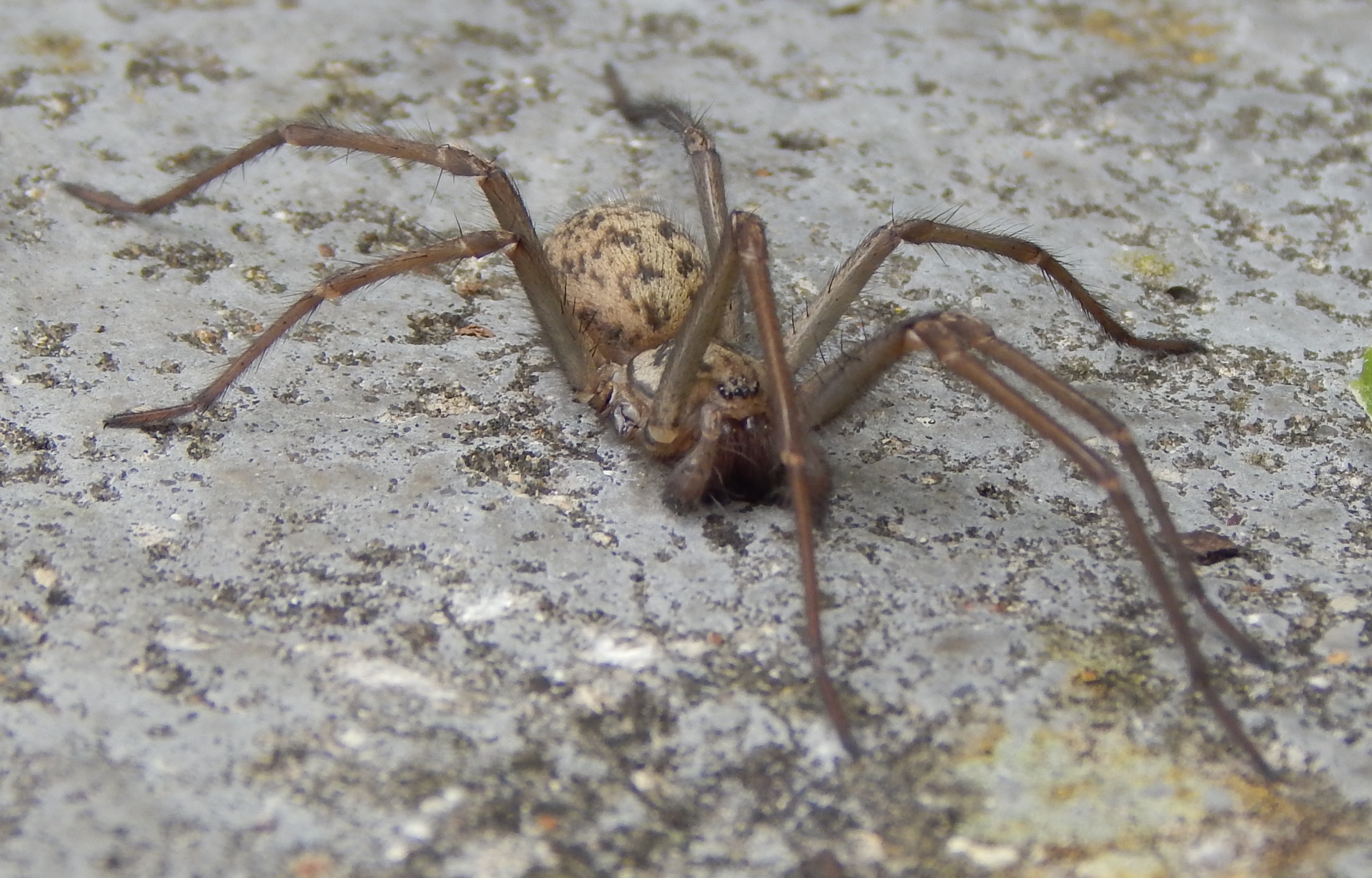


Their webs are messy (not like the neat [030] Garden Spider), without sticky threads in the corners of floors or ceilings or in other places away from humans.
They live for two or three years. Those that come out in the open in houses are usually males in search of females in late summer or early autumn.
Habitat
Eratigena atrica is found over most of Europe. Originally, its habitat was in caves or under stones in dark forests but it is now common in houses.
See also
We have one more spider coming in September.

